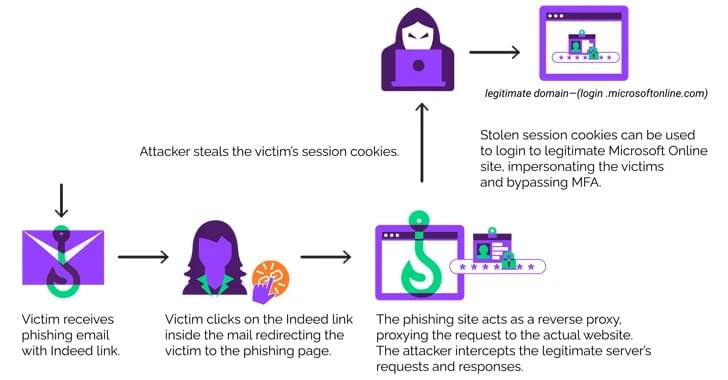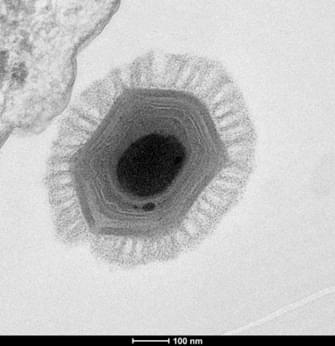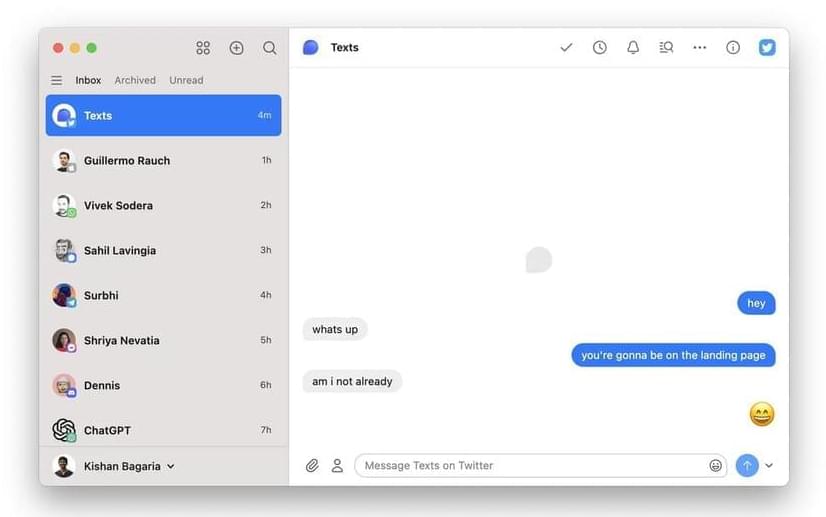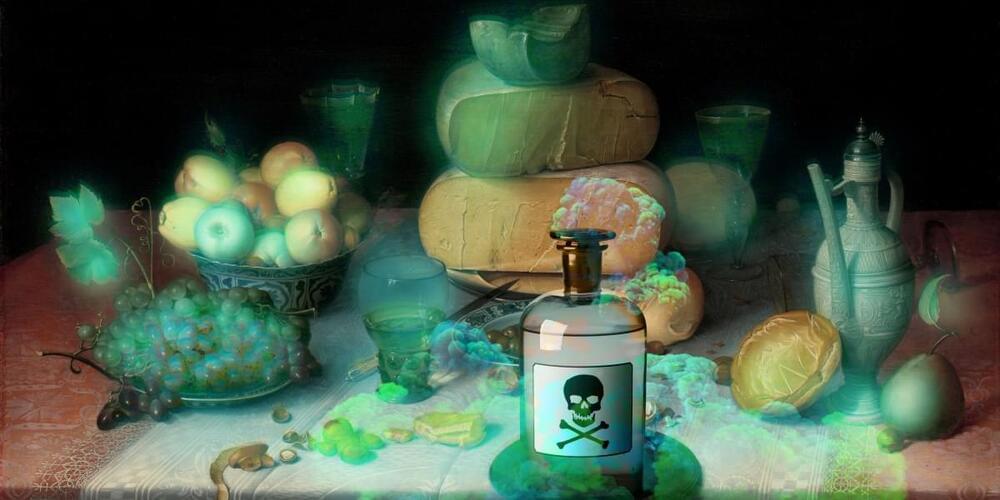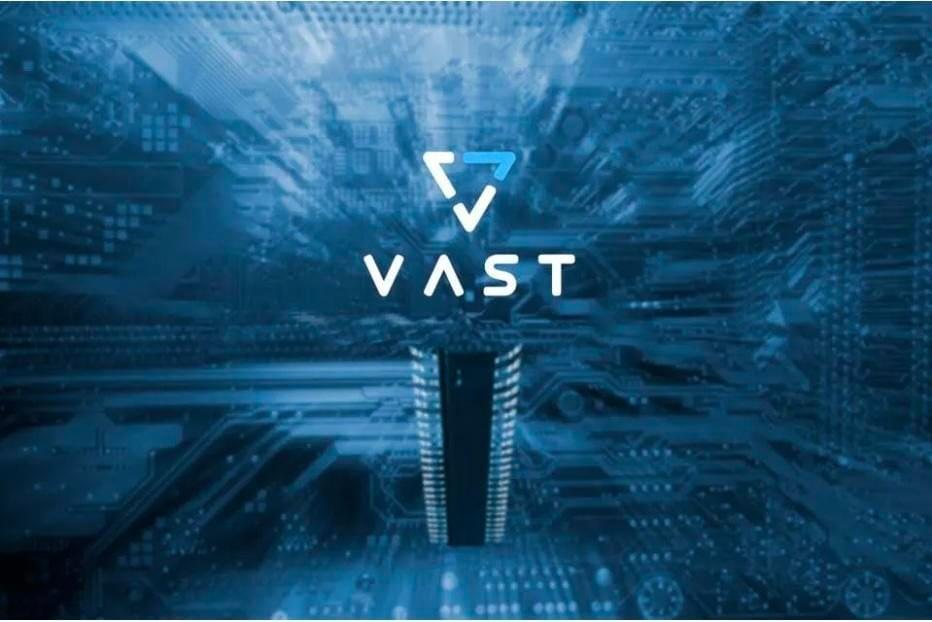Oct 23 (Reuters) — Nvidia (NVDA.O) dominates the market for artificial intelligence computing chips. Now it is coming after Intel’s longtime stronghold of personal computers.
Nvidia has quietly begun designing central processing units (CPUs) that would run Microsoft’s (MSFT.O) Windows operating system and use technology from Arm Holdings (O9Ty. F)„ two people familiar with the matter told Reuters.
The AI chip giant’s new pursuit is part of Microsoft’s effort to help chip companies build Arm-based processors for Windows PCs. Microsoft’s plans take aim at Apple, which has nearly doubled its market share in the three years since releasing its own Arm-based chips in-house for its Mac computers, according to preliminary third-quarter data from research firm IDC.


